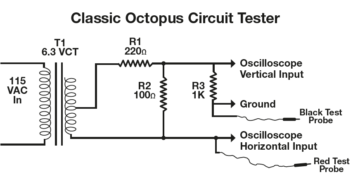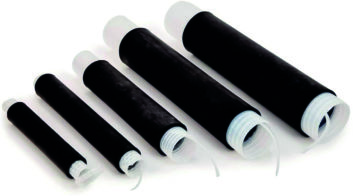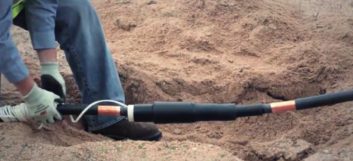
You probably have a junk box of components, but can you identify all of them? And do you know whether they all work?
I came across a neat video prepared by amateur radio operator W2AEW, a 10-minute tutorial on checking components. The video gives an example of performing simple component testing using a curve tracer or “Circuit Octopus” and an oscilloscope.
It describes the Octopus, then delves into how to check resistors, diodes, transistors and even capacitors. When feeding an oscilloscope with the test fixture, you can identify open or shorted components. Here’s the link for the video: https://youtu.be/Gwo3pEH7hUE.
There are hundreds of schematics for building your own Octopus. Stephen M. Powell’s design, shown above, is one of the simplest.
Old law, new take
Over the years consultant Frank Hertel has contributed many useful ideas for readers of this column. Frank’s brother, Johnny, likes to delve a little deeper into electronics.
He writes that he recently came across a list of electricity definitions. Most were familiar, but three jumped out at him:
The first is 1 Ohm, which was defined as the resistance of a column of mercury (at the temperature of melting ice) of a uniform cross section of 1 square millimeter and a length of 106.30 centimeters.
One Volt is the electromotive force that produces a current of 1 Ampere when steadily applied to a conductor with the resistance of 1 Ohm.
One Ampere is the unit of current strength. It is the current which, when passed through a solution of nitrate of silver in water (in accordance with certain specifications), deposits silver at the rate of 0.00118 of a gram per second. The flow of electrical current is measured in Amperes or Amps, using an Ammeter.
Kind of relates Ohm’s Law in a new way, doesn’t it?
You need a shrink
A number of years ago, 3M developed a product called Cold Shrink as a weather seal for cabling. Broadcast engineer and frequent contributor Dan Slentz called this line of cable joints and terminations to my attention and wondered why he hadn’t heard of it before now.

When it was released, I recall that each Cold Shrink tube was pretty expensive, much more costly than other forms of connector weather-sealing. Apparently as the product has evolved, its cost has gotten more reasonable.
So what is Cold Shrink tubing? It’s an expanded tubular rubber sleeve, and 3M found a way to stretch the diameter of the tubing so it will fit over an RF connector.
[Check Out More of Workbench Here]
The sleeve is kept in its expanded state with a wound plastic core. After the sleeve is positioned over the connector to be weatherproofed, you unwind the plastic core. As the plastic core is removed, the expanded rubber begins to shrink, forming a constant radial pressure seal around the connector and cable.

Originally designed for the power industry, Cold Shrink tubes are ideal for outside RF connections in the broadcast industry. Plus, in addition to protecting connectors, Cold Shrink tubes conform to the water seal requirements of ANSI C119.1.
See the video Dan found at the website of Thorne & Derrick International at www.powerandcables.com/cold-shrink-tubes/.
3M itself has a useful info page that we’ve linked at https://tinyurl.com/rw-coldshrink.
Can you imagine trying to use a torch to heat shrink a standard weatherproofing boot up on a tower? Keep this product in mind for your next tower cable run.
John Bisset, CPBE, has 50 years in the broadcasting industry and is in his 31st year writing Workbench. He handles western U.S. radio sales for the Telos Alliance. He is a past recipient of the SBE’s Educator of the Year Award.
Workbench submissions are encouraged and qualify for SBE recertification credit. Email [email protected].












